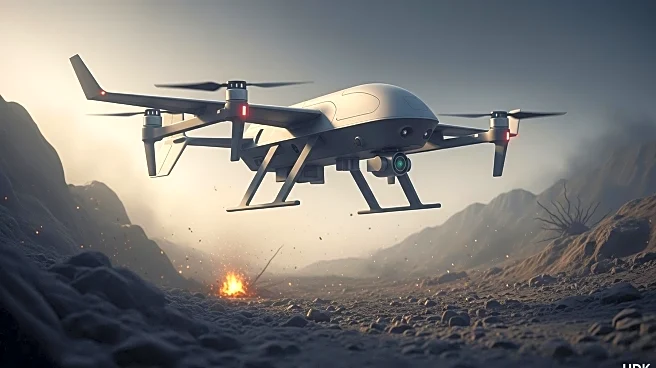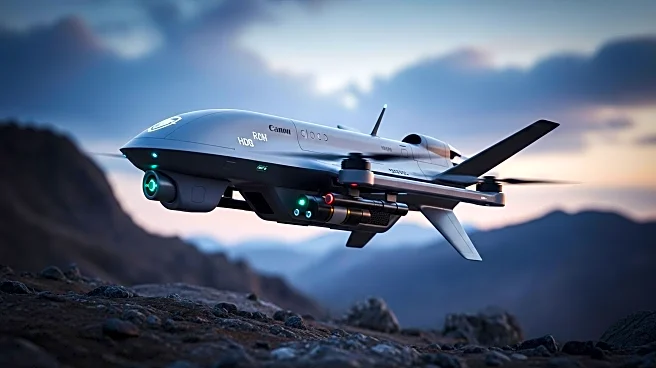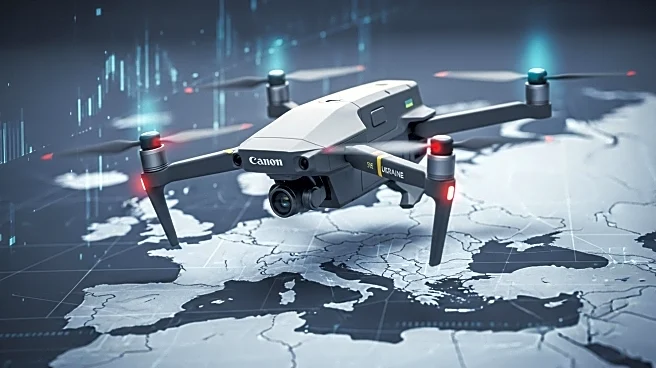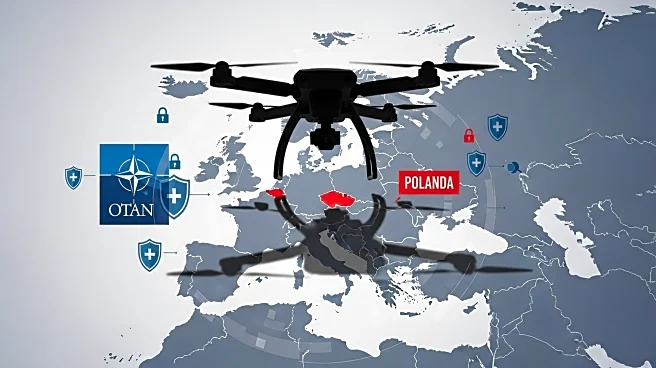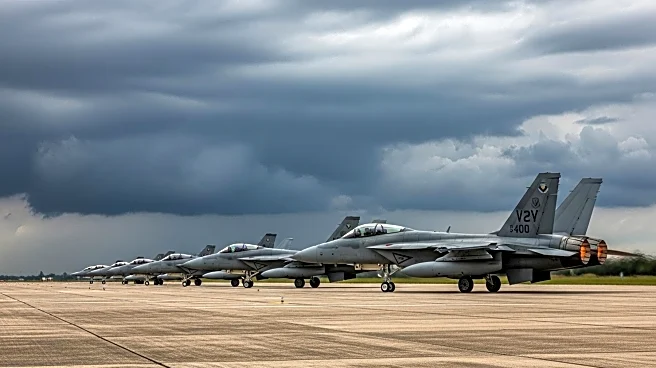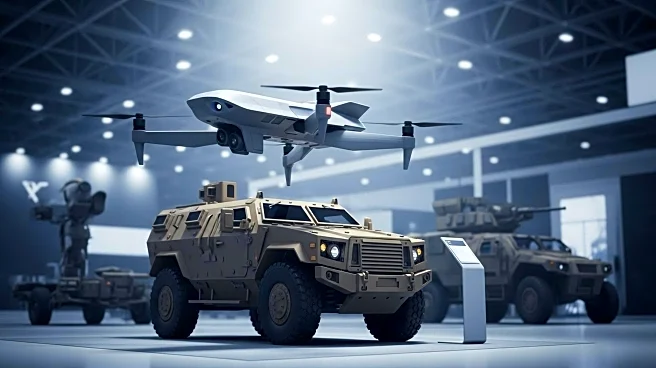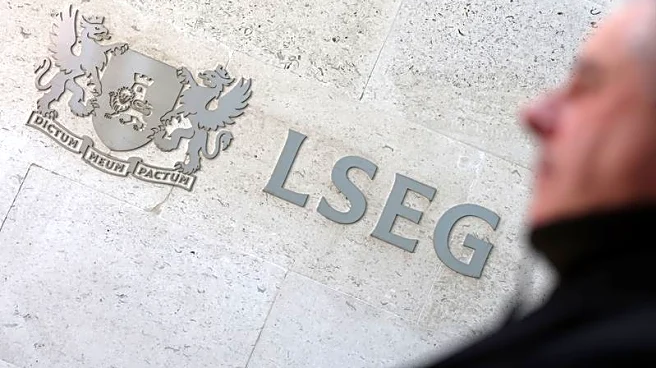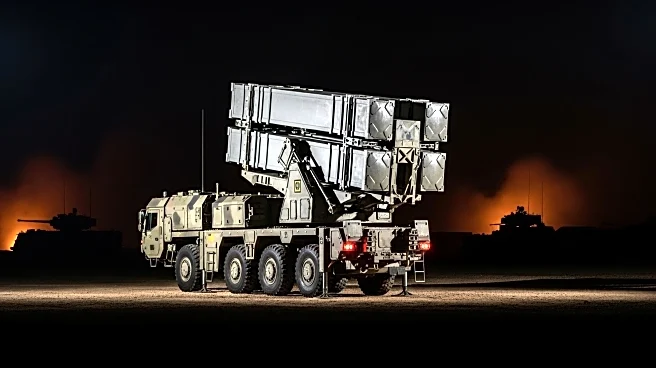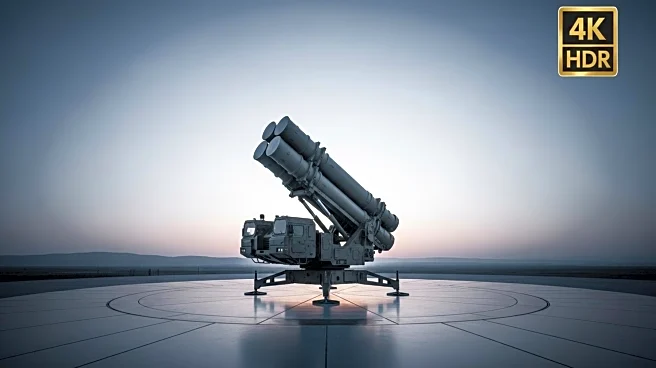What's Happening?
Air Marshal Richard Knighton, the new Chief of the Defence Staff, addressed the UK defense industrial base at DSEI 2025, discussing the technological innovations in the Ukraine-Russia conflict. Despite advancements, such as the widespread use of FPV drones for reconnaissance and strikes, the war remains a contest of attrition with trench systems and mass casualties. Knighton emphasized that while the culture of war has changed, technology has not provided a decisive advantage for either side. The proliferation of drones has altered military formations and supply routes, with drones now performing resupply tasks. Conventional armor has become vulnerable, prompting the British Army to explore protective measures against drone threats.
Why It's Important?
The ongoing technological stalemate in the Ukraine-Russia conflict underscores the limitations of current military innovations in achieving decisive outcomes. This situation highlights the need for further advancements in defense technology and strategy. The UK military's focus on speed and efficiency in platform delivery reflects a broader shift towards rapid adaptation in defense capabilities. The emphasis on opening military systems to non-traditional industries suggests a potential transformation in defense procurement and innovation, which could impact global military strategies and industry dynamics.
What's Next?
Knighton's call for industry to invest in capability development and innovation may lead to increased collaboration between the military and private sectors. The UK defense industry might see a shift towards faster delivery of modern platforms and capabilities. This could result in new partnerships and investments aimed at overcoming current technological limitations in warfare. The exploration of protective measures against drone threats indicates ongoing efforts to adapt to evolving battlefield dynamics.
